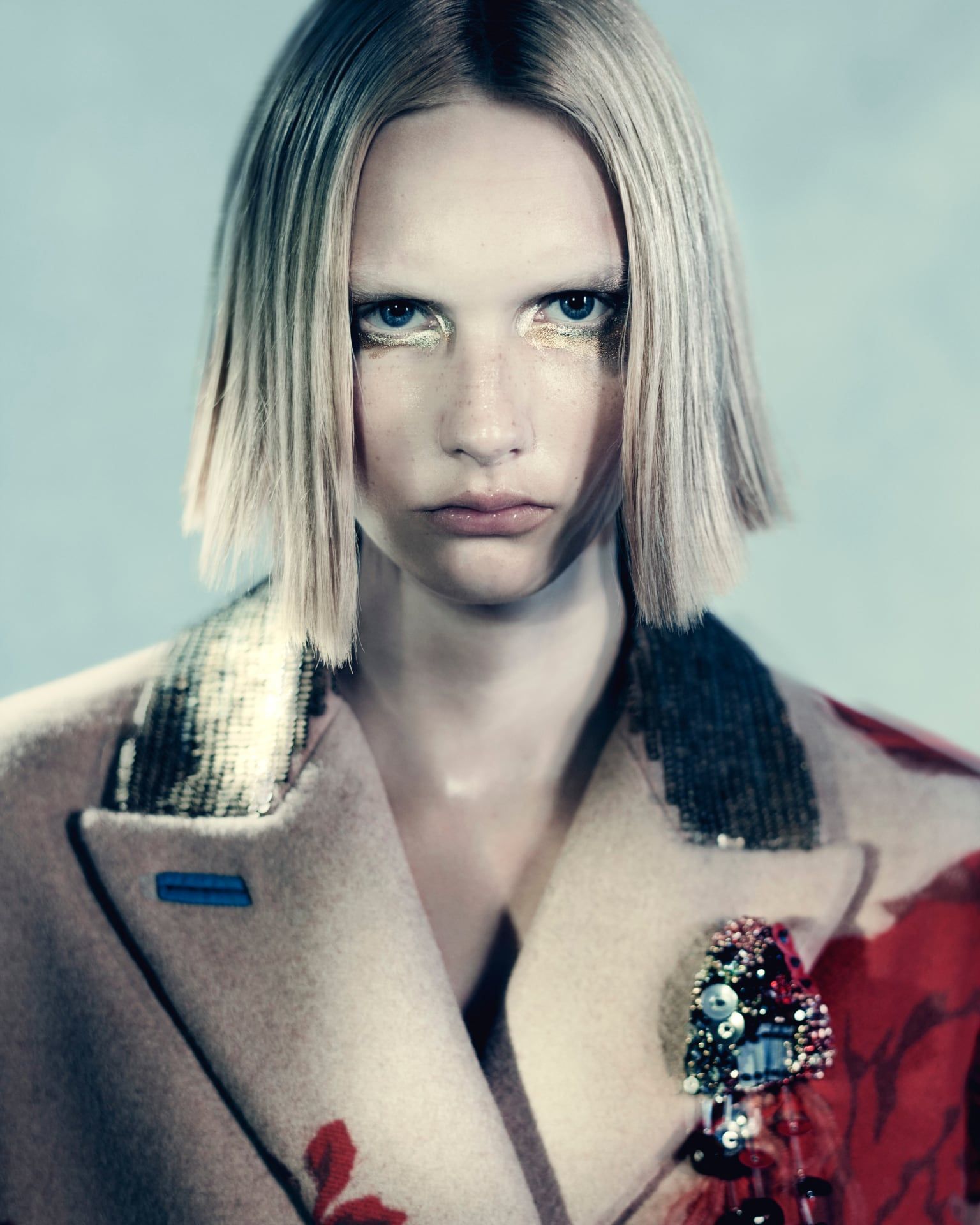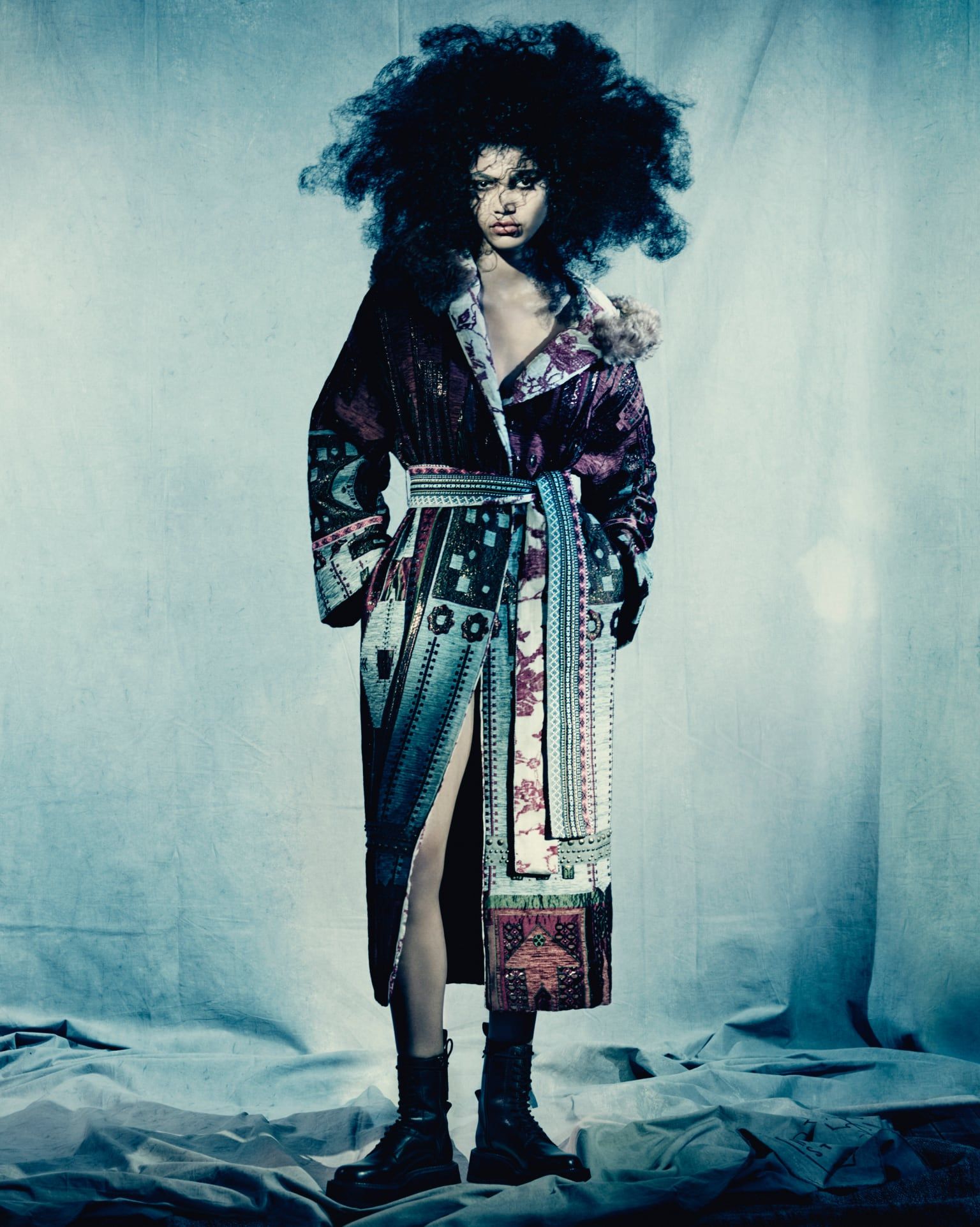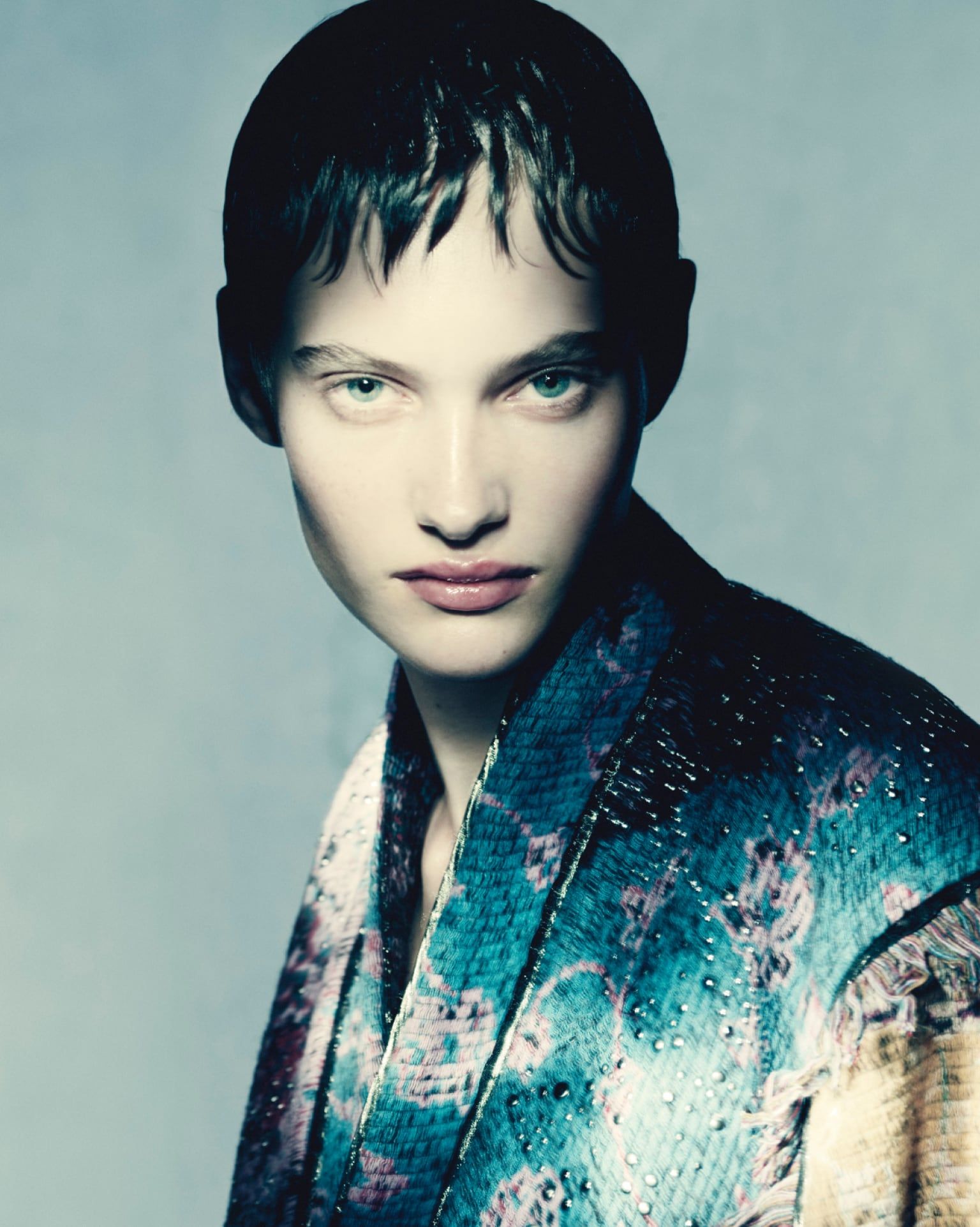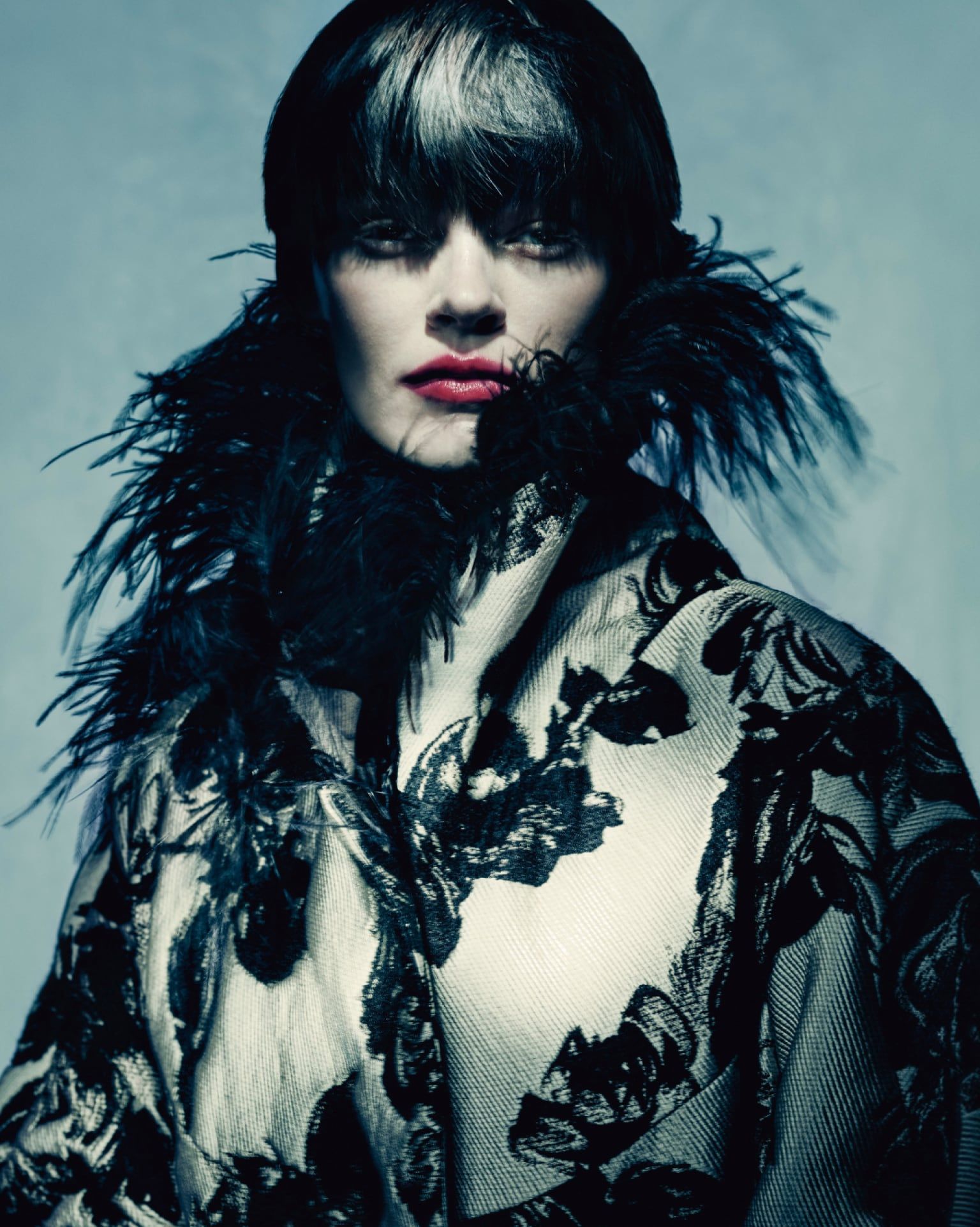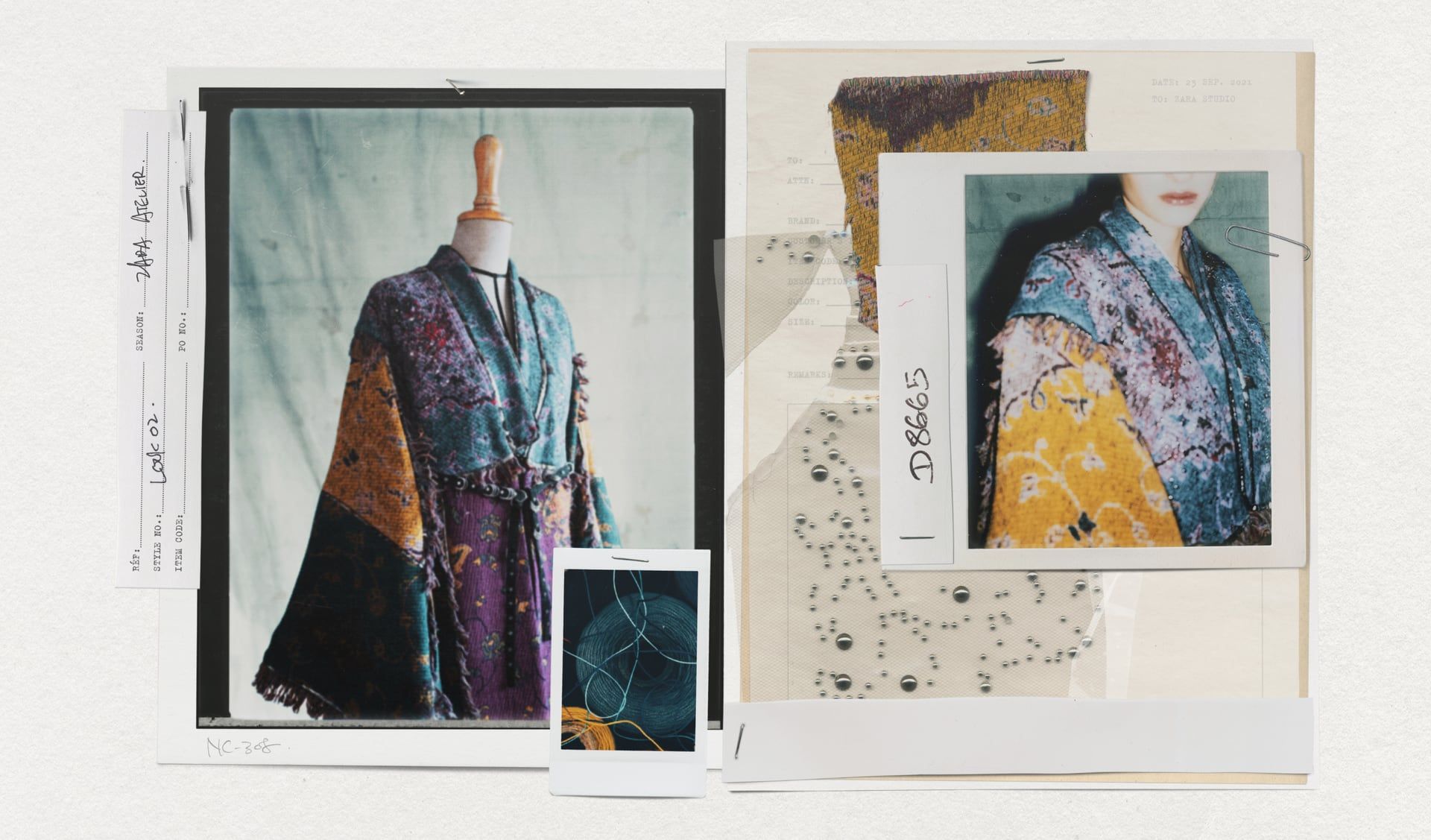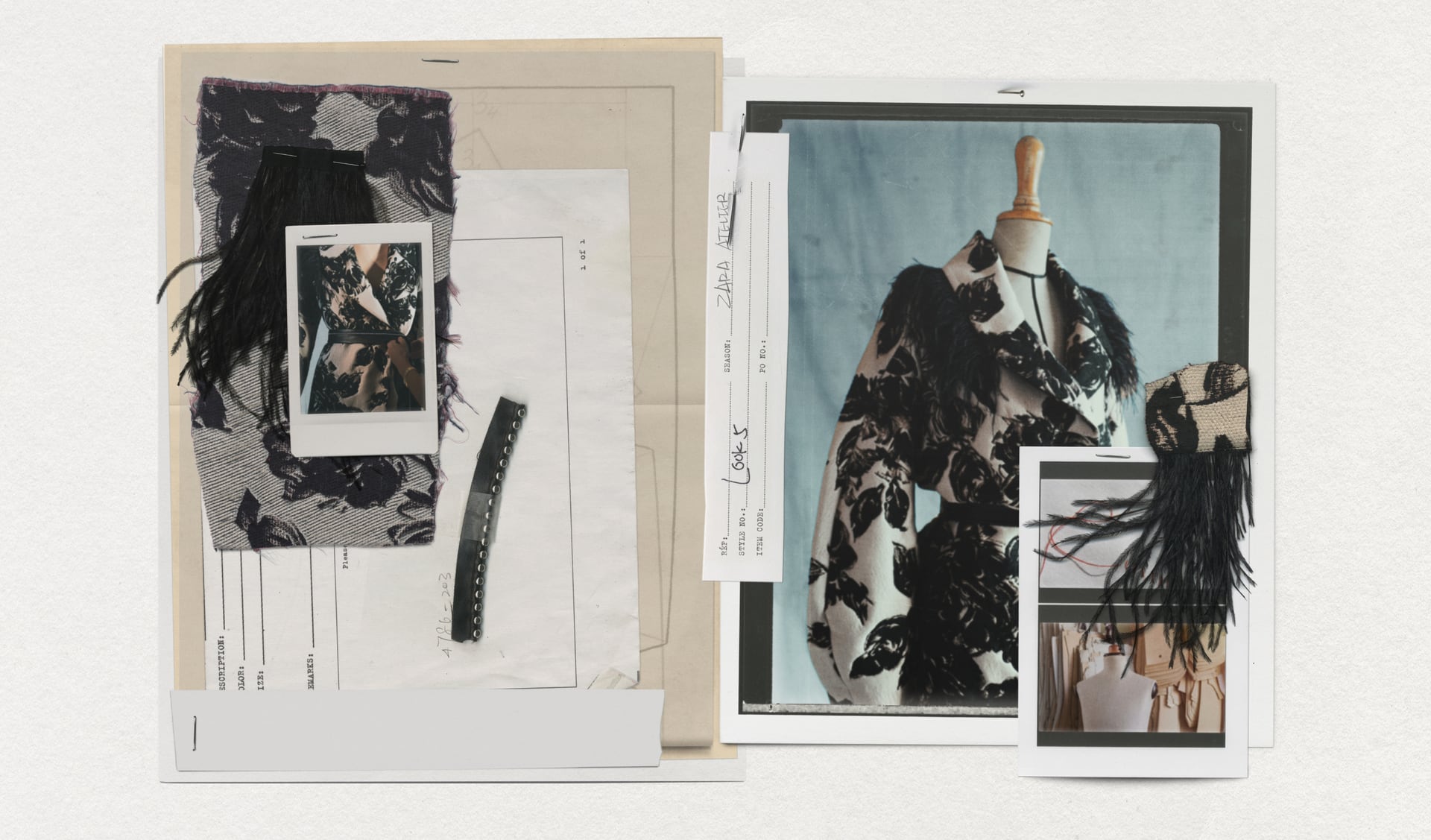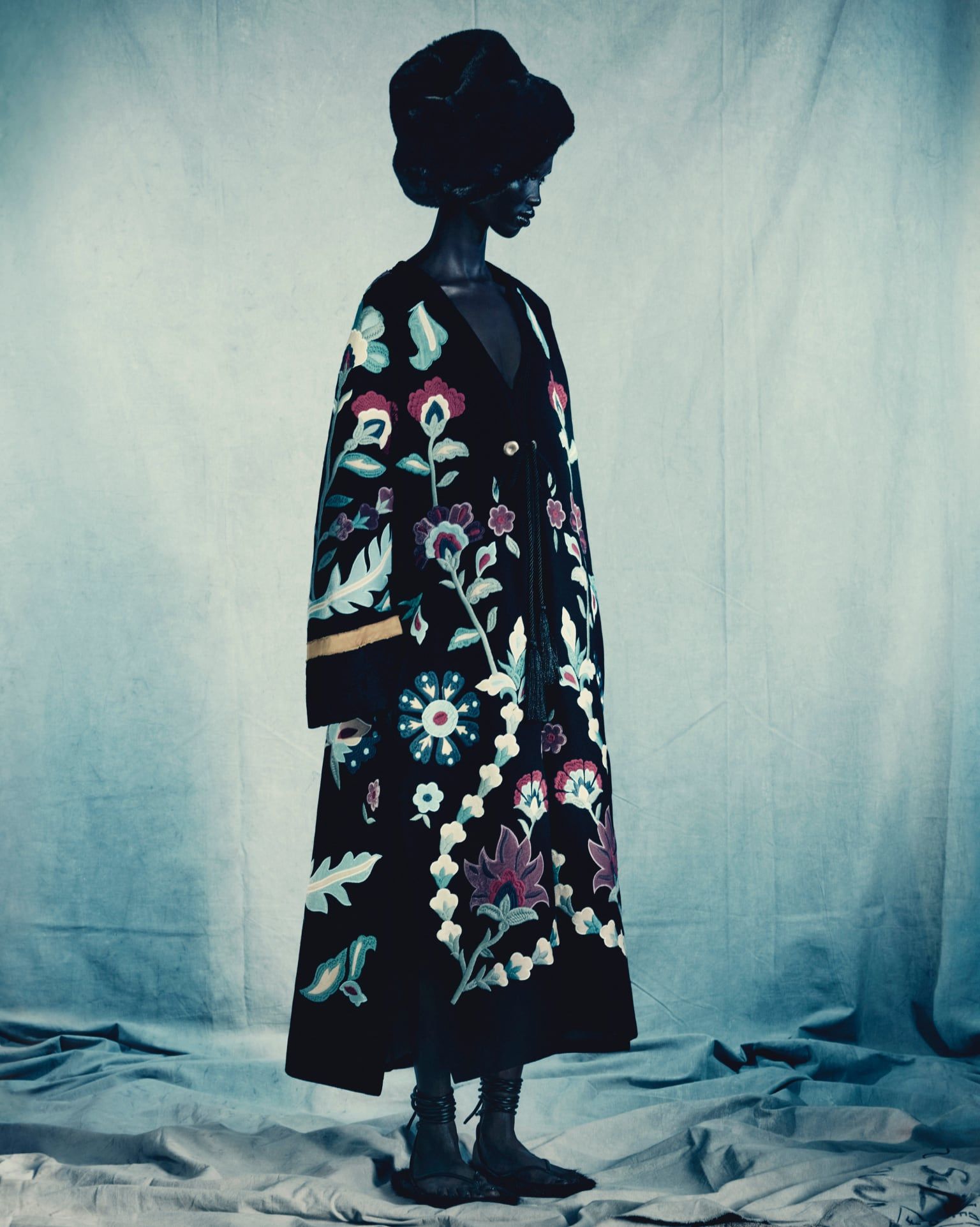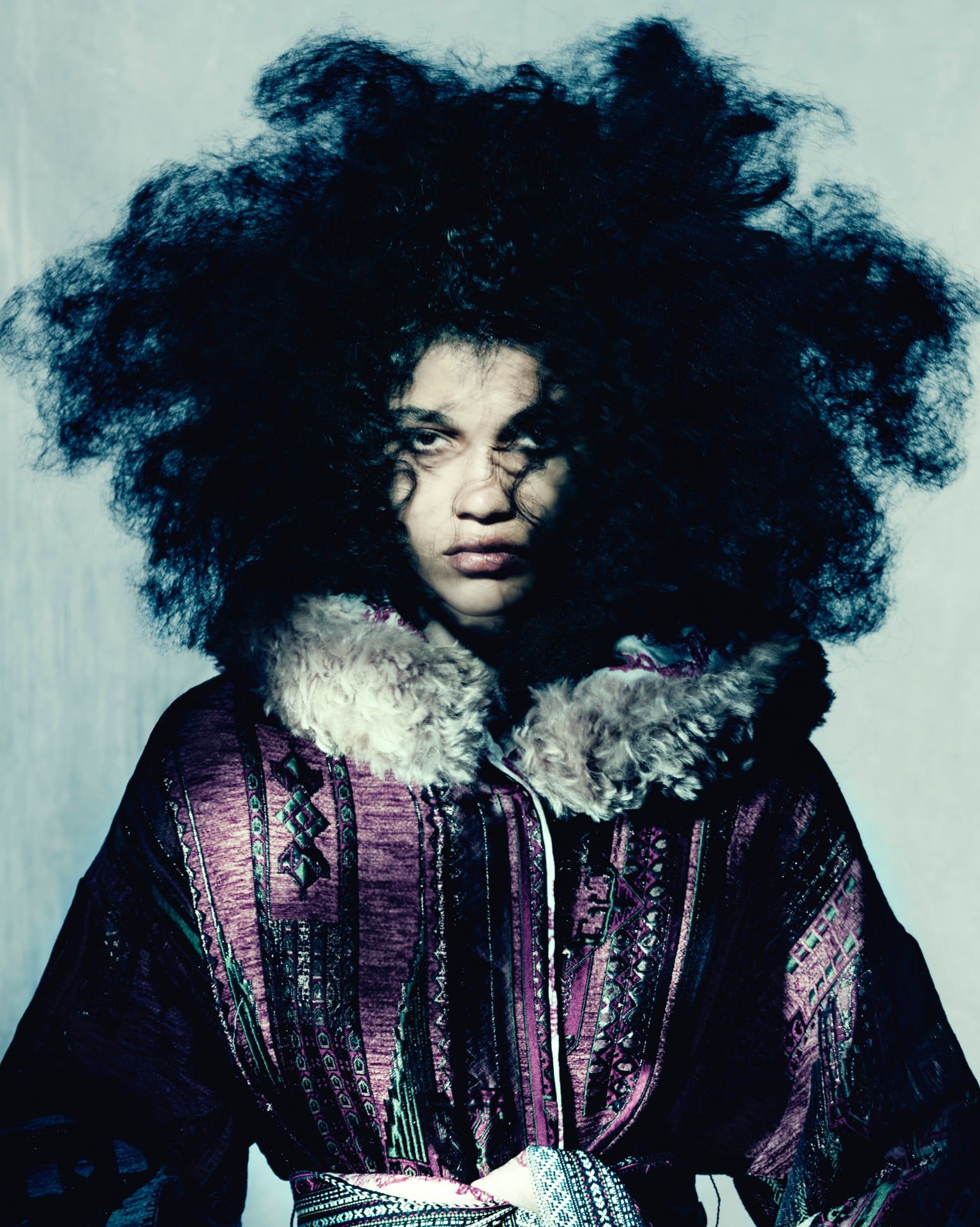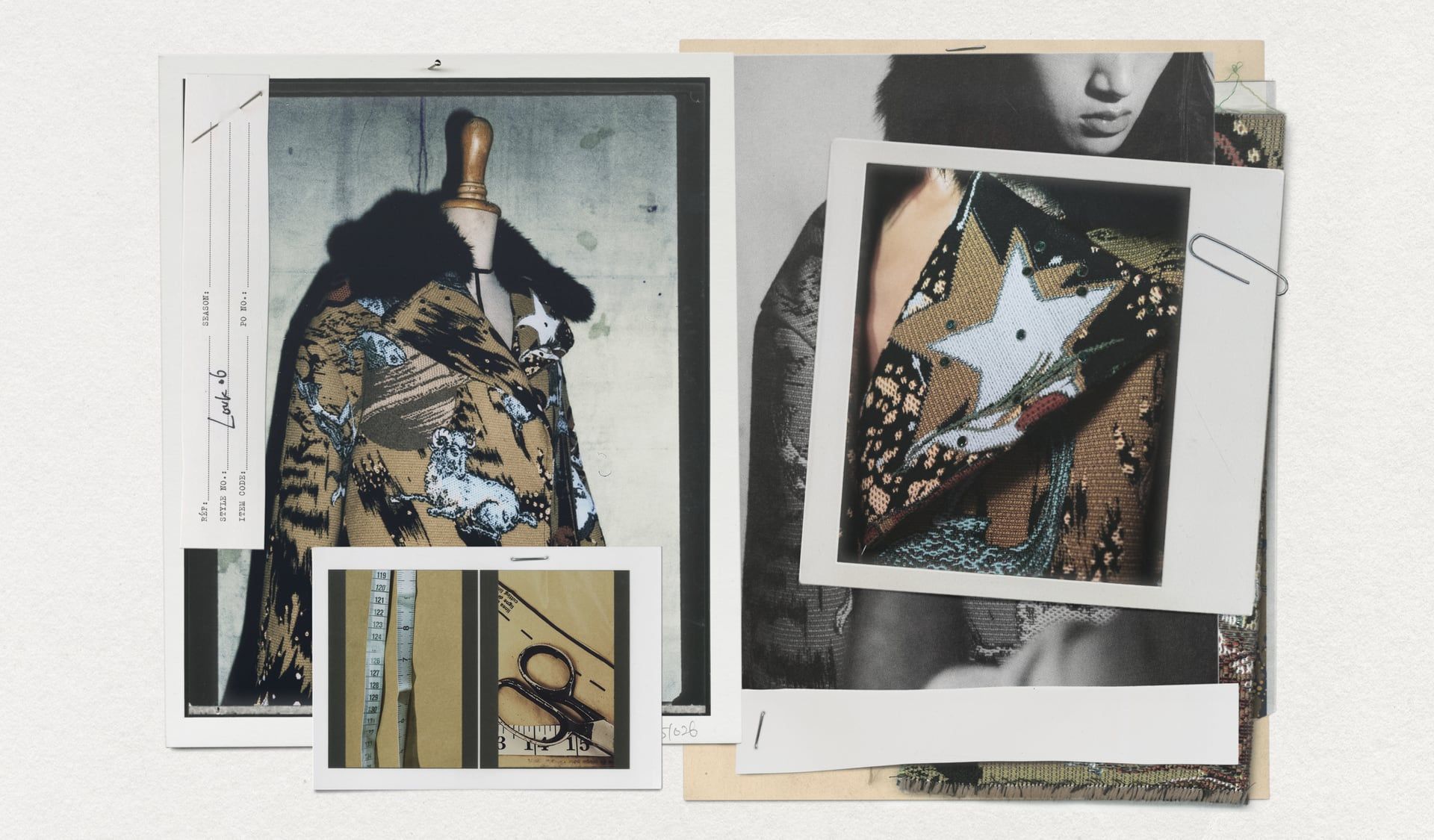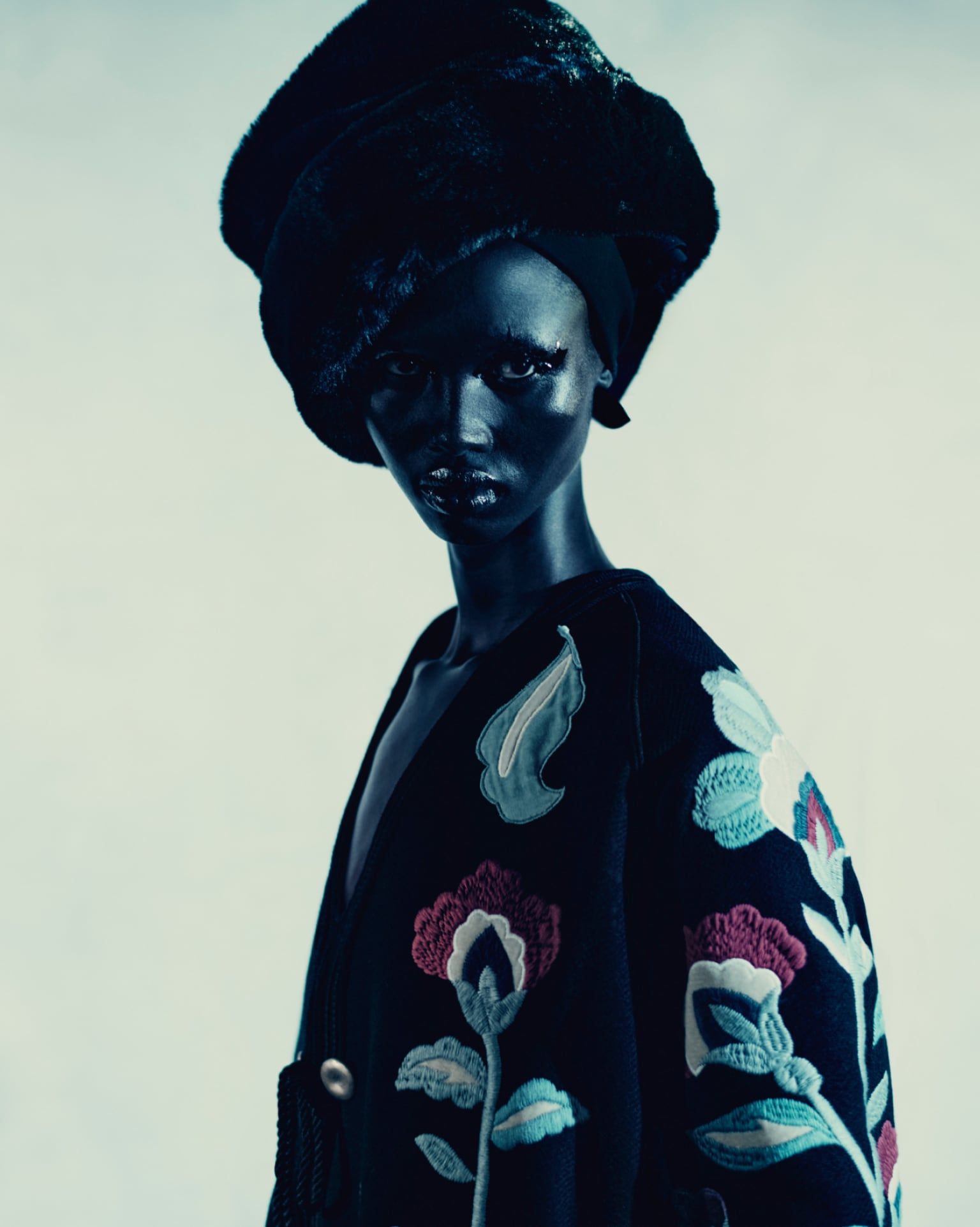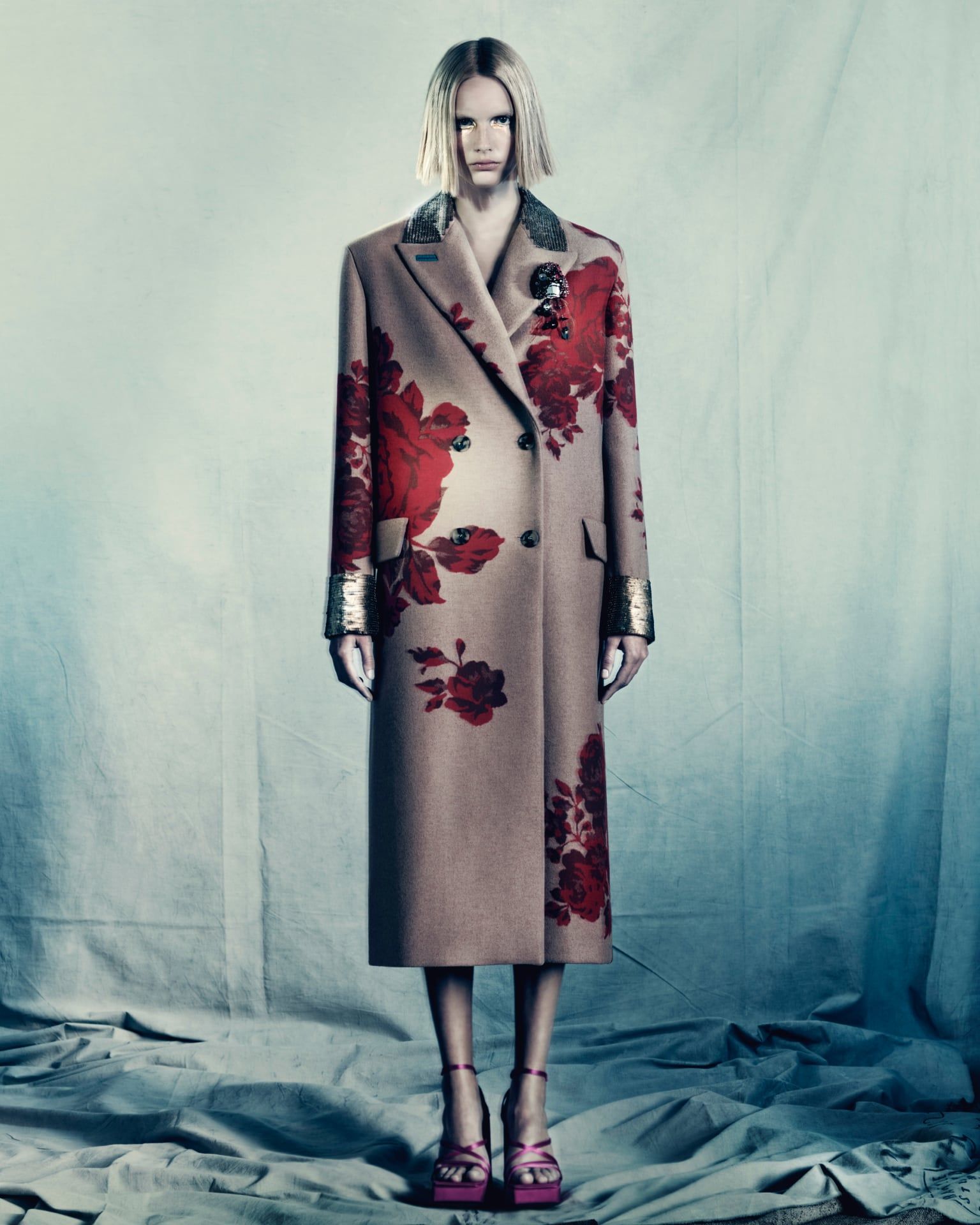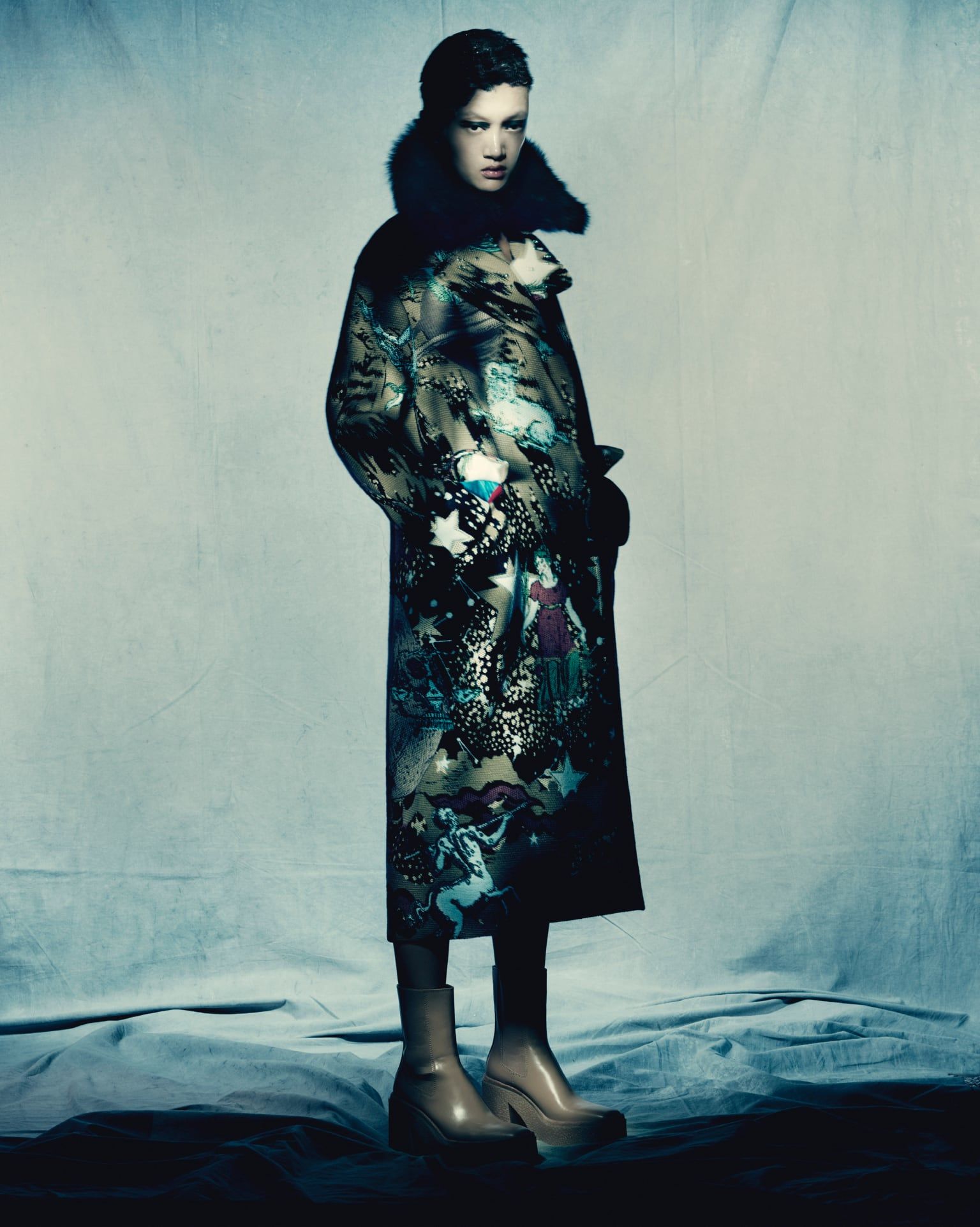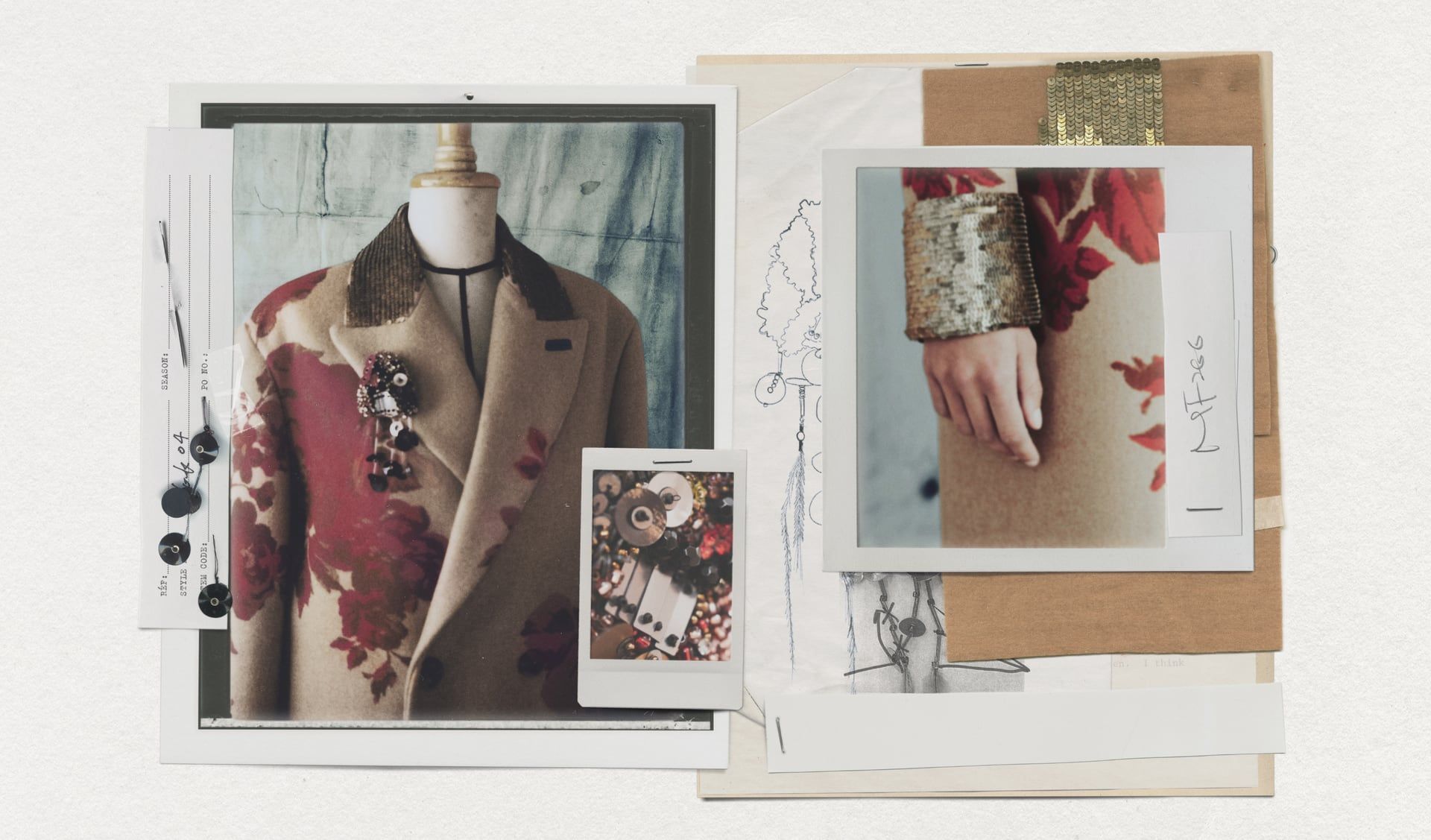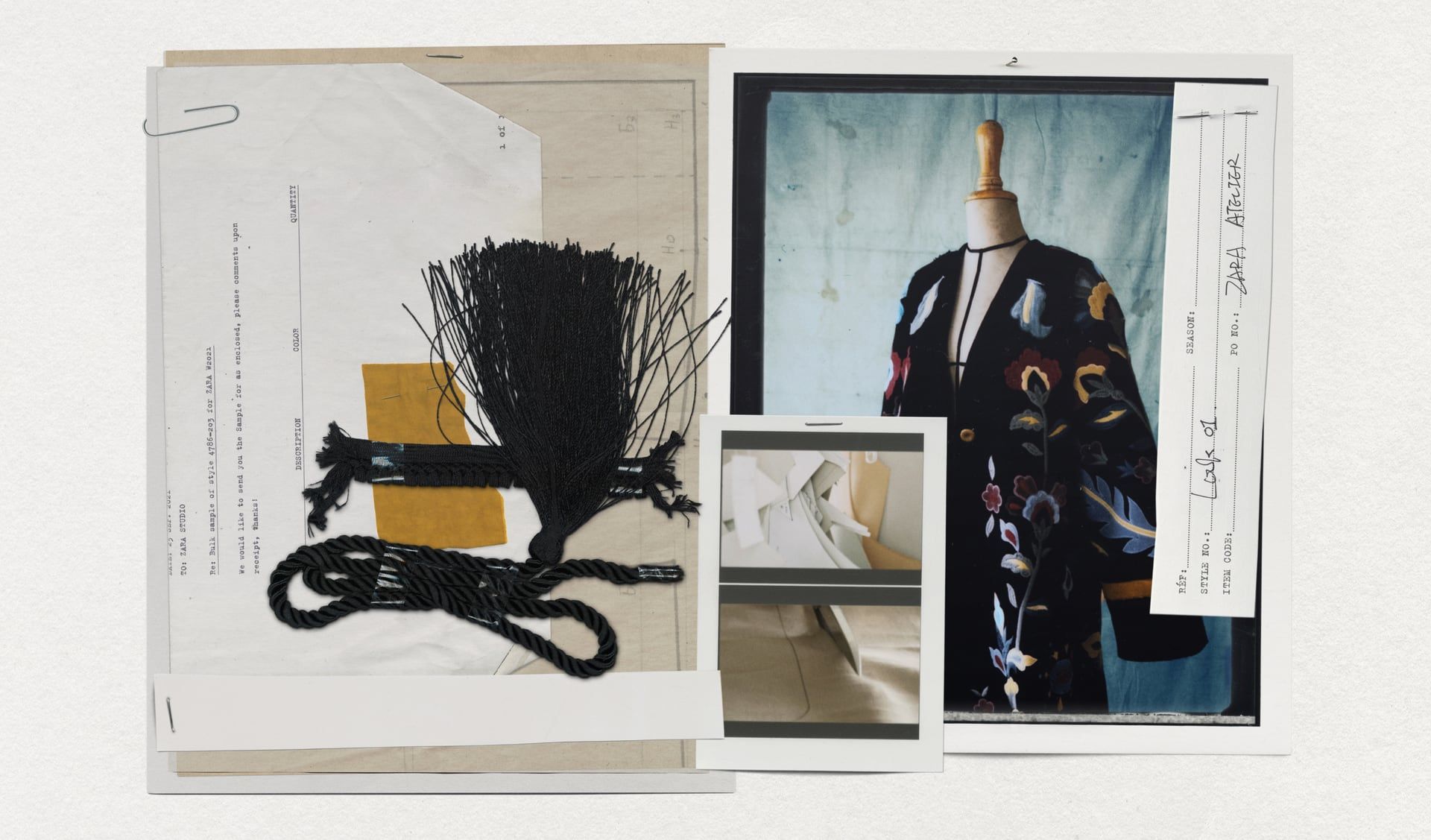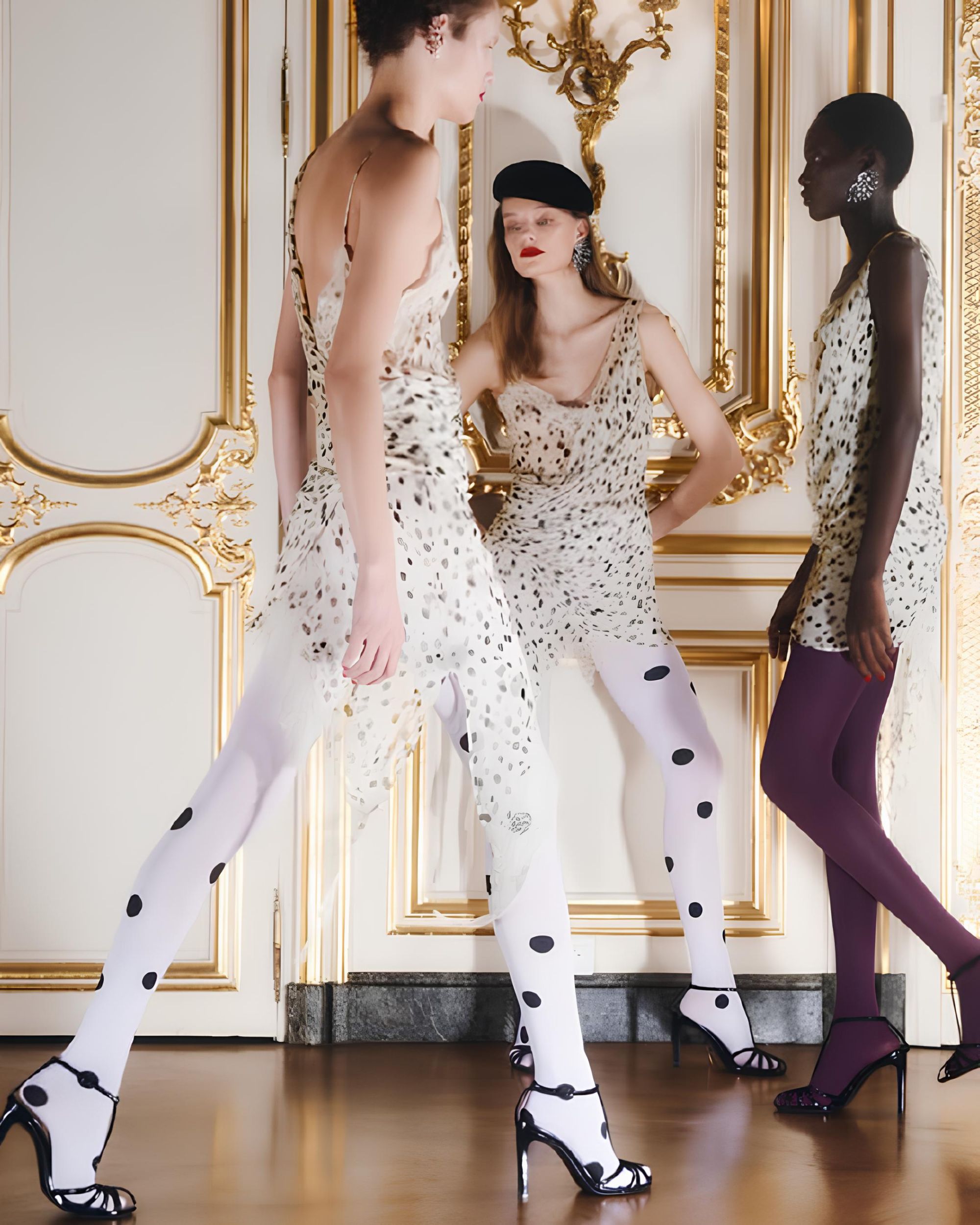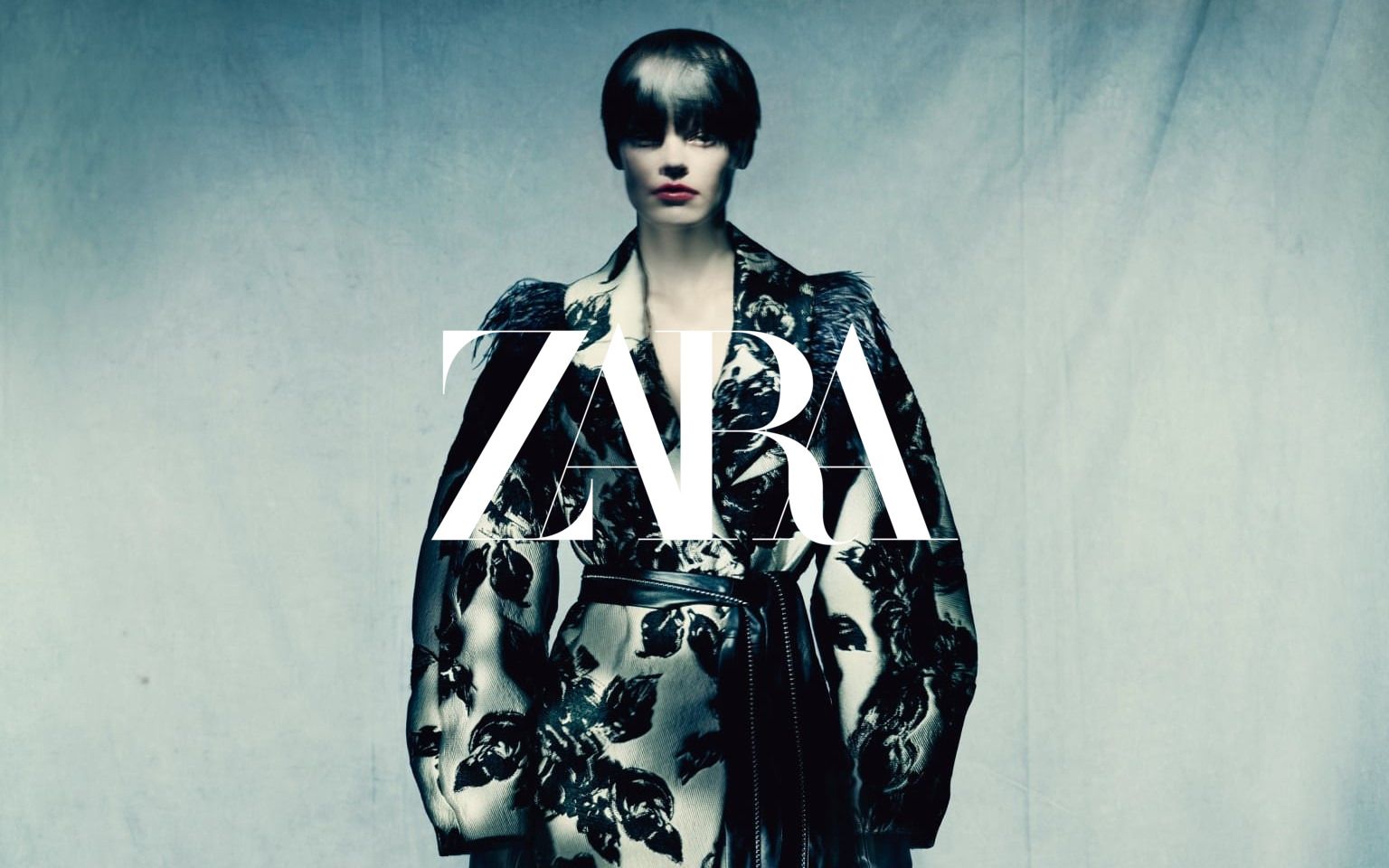
Is Zara Atelier really luxury? Six coats to reposition the world's most popular brand
Two days ago, Zara presented a new label, Zara Atelier, with a capsule called 01_The Coat Collection. It is a collection of six coats that, according to the Inditex brand, should celebrate «high-end design and exquisite craftsmanship» in what many publications have already called a tribute to couture and luxury. The new collection, presented with a campaign shot by Paolo Roversi, represents a further step forward of the giant Inditex towards its absorption of luxury codes, which we had already described in an article a few weeks ago. It is said "absorption of luxury codes" and not "repositioning" because, even if the brand speaks of «elevated, artistic interpretation of an iconic wardrobe staple», the garments in the collection would seem more oriented to look like luxury than to be luxury.
Despite the "limited edition" wording, the wonderful Roversi campaign and the sustainability declaration that accompanies the garments, in fact, the feeling of luxury is limited to the construction and embellishment of the garments, whose predominant materials remain polyester, viscose, polyamide and acrylic, with only one of the six coats to be composed of 75% wool, and three other of the coats that possess percentages of wool ranging from a minimum of 7% to a maximum of 55%. A choice of materials due to the need to maintain a price point above the average of Zara but in line with the average of the high street – but which substantially reduces the idea of luxury to a superficial communicative patina that, beyond the actual design, is reduced to «notice-me embellishment and sumptuous embroidery» but without translating into the raw materials of the coat itself.
A remarkable fact, however, remains that of the absorption of the codes of luxury by Zarawho has begun in recent years to redefine its aesthetics moving away from the narrative of "classic" fast fashion of H&M or Uniqlo and approaching that of brand-galaxy, to use an expression of Ana Andjelic, like that of Ralph Lauren and Armani which has however seen the involvement of high-profile talents in a series of campaigns that have gone a lot beyond the classic standard of fast fashion. Specifically, many members of the online audience have noticed that in recent months it has been Zara that evokes a greater feeling of luxury in its campaigns than other real fashion brands. In this search for the golden aura of luxury we read, on the one hand, the ambitions of a brand that must free itself from the fast fashion reputation while maintaining its production and commercial dynamics; on the other hand, the growing need of an audience that, increasingly exposed to luxury marketing, began to desire increasingly sophisticated and luxurious-looking products – as was the case, for example, of Zara's pleated collection that cloned, on more accessible and less sophisticated materials, the ultra-luxury allure of Homme Plissé Issey Myake.
Nevertheless, Zara remains the only brand on the fast fashion scene to have the distribution and financial power to set up a similar restructuring: if this Atelier collection focuses everything on decorations and opulence (to the point of being defined by Andrea Batilla on Instagram as a "remake" of Dries Van Noten), the Origins collection launched a few months ago with a video by Aphex Twin beat the road of ultra-minimalist luxury, with single-color hoodies in 100% cashmere, suede jackets and ultra-minimal total look designed to capture the attention of the other side of the luxury audience – the one that goes in search of simplicity and subtle and discreet opulence. One would almost wonder if Zara is aiming to redefine itself as a luxury: the answer is no. The luxury market is already ultra-saturated and that of the high street, on the other hand, represents a much wider territory full of commercial opportunities – the new challenge, however, comes from the final consumer: increasingly sophisticated, attentive to the signs of sustainability, to the external appearances of luxury, to the methods of communication of products and collections. Finding, identifying and satisfying this new consumer will be the key to the success of Zara, and all other fast fashion and non-fast fashion brands, in the decades to come.











































